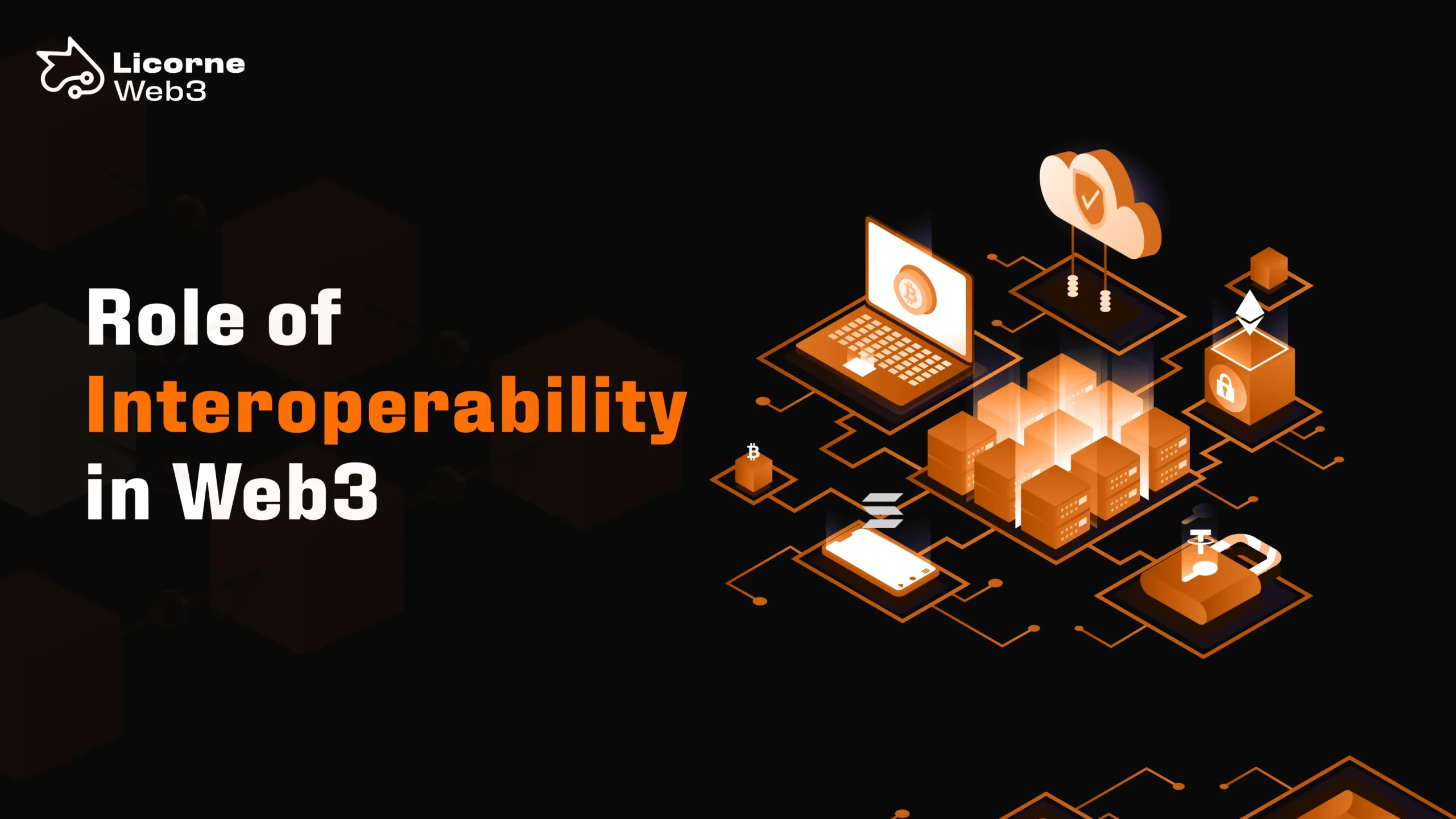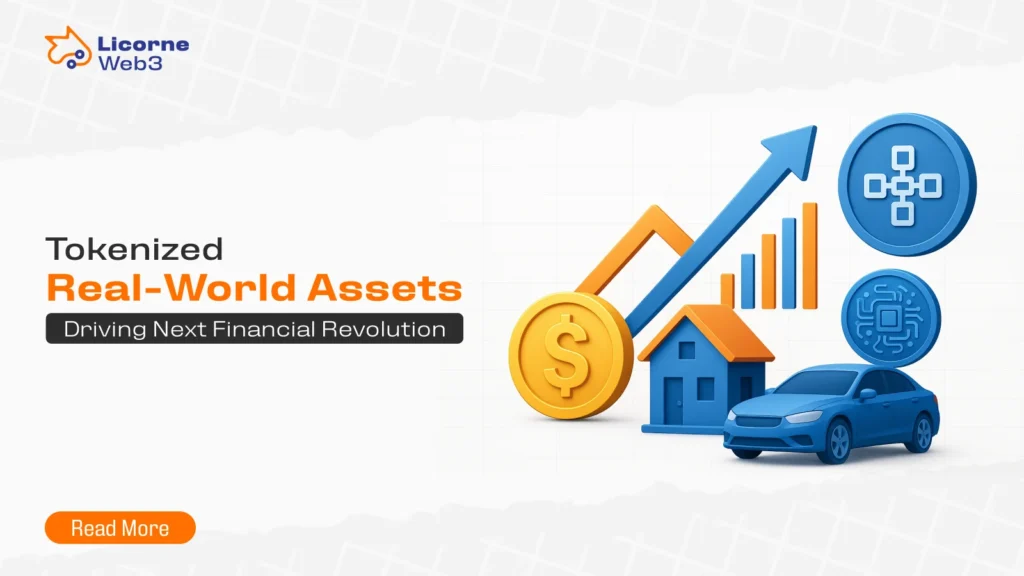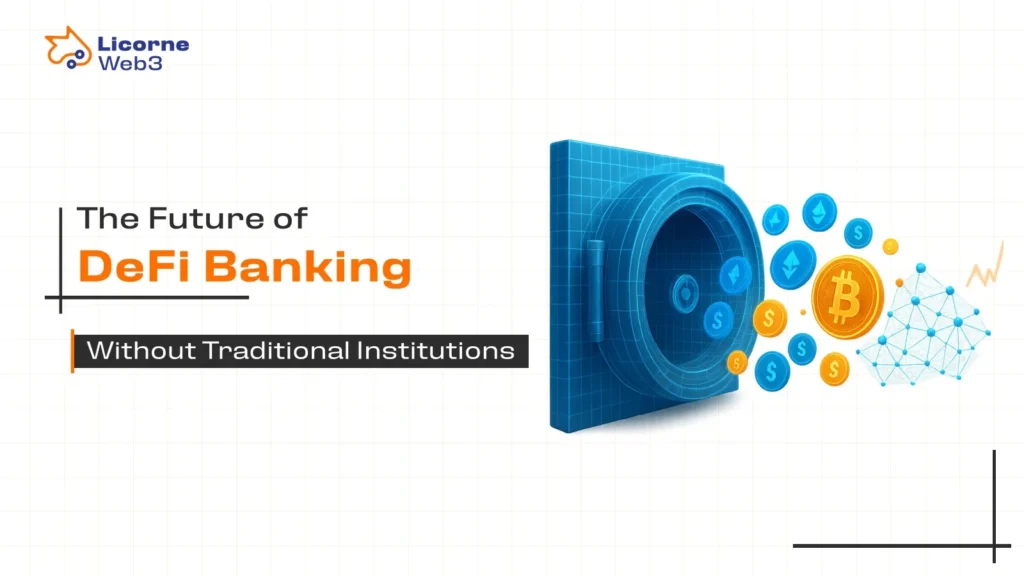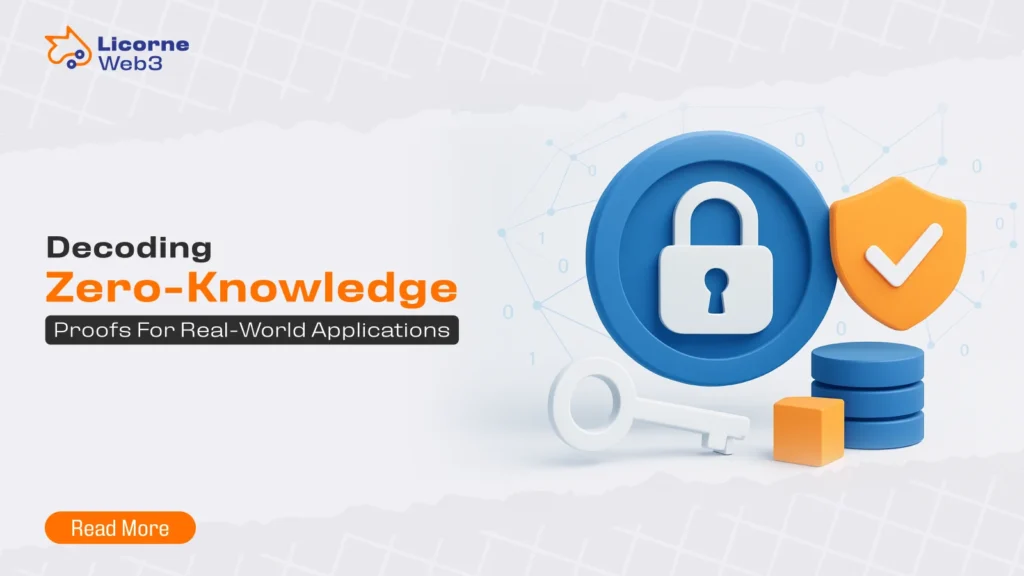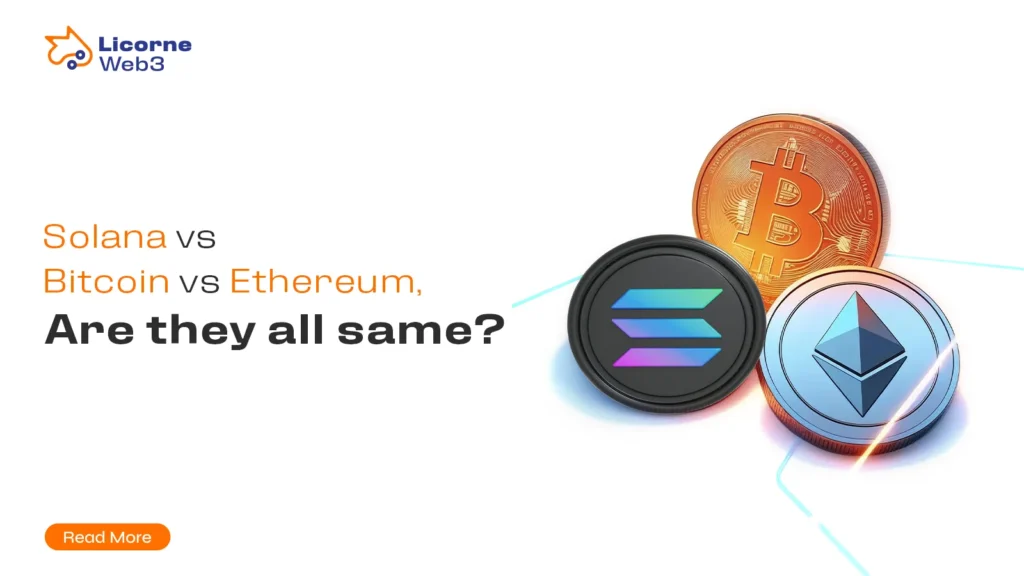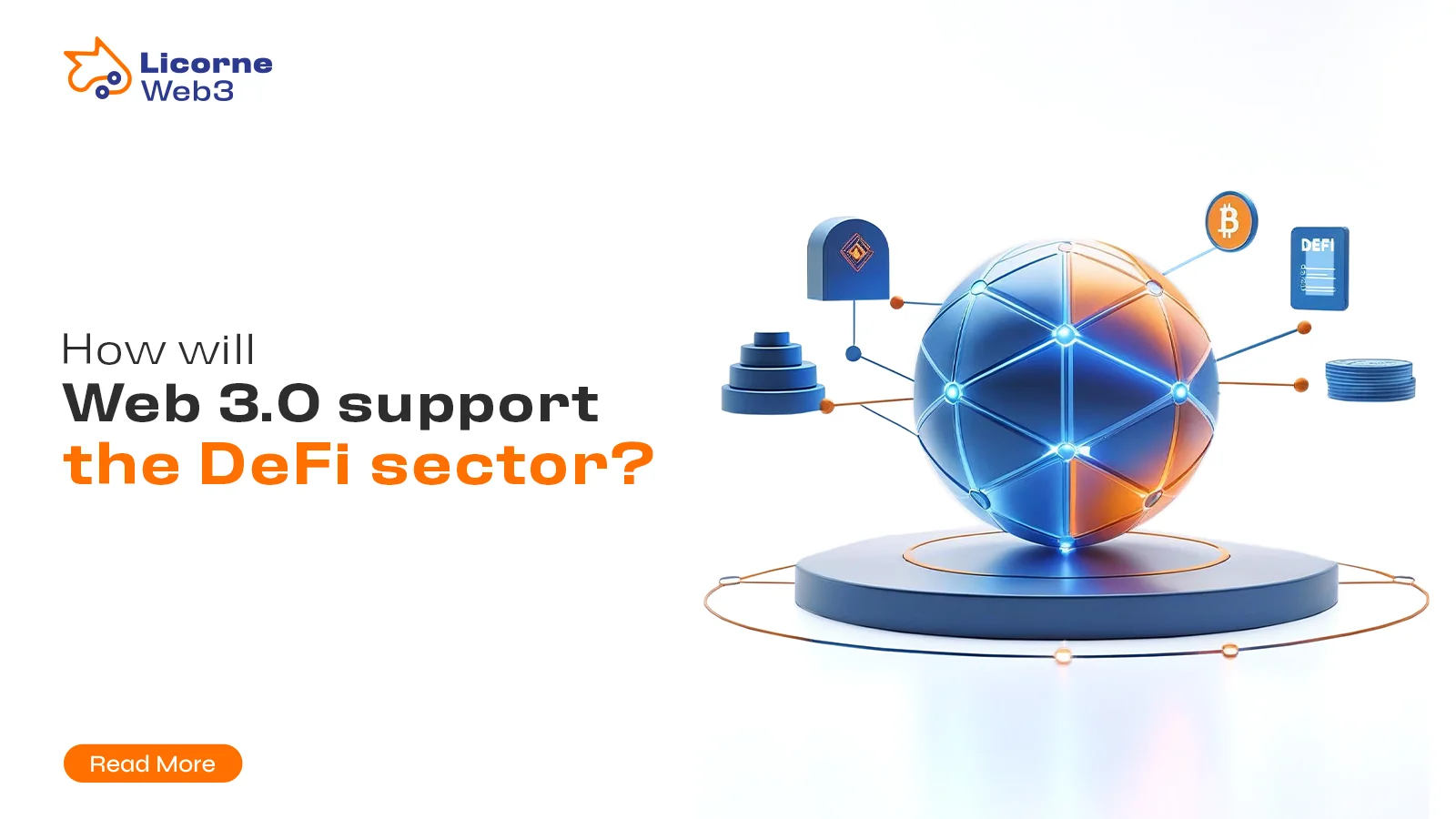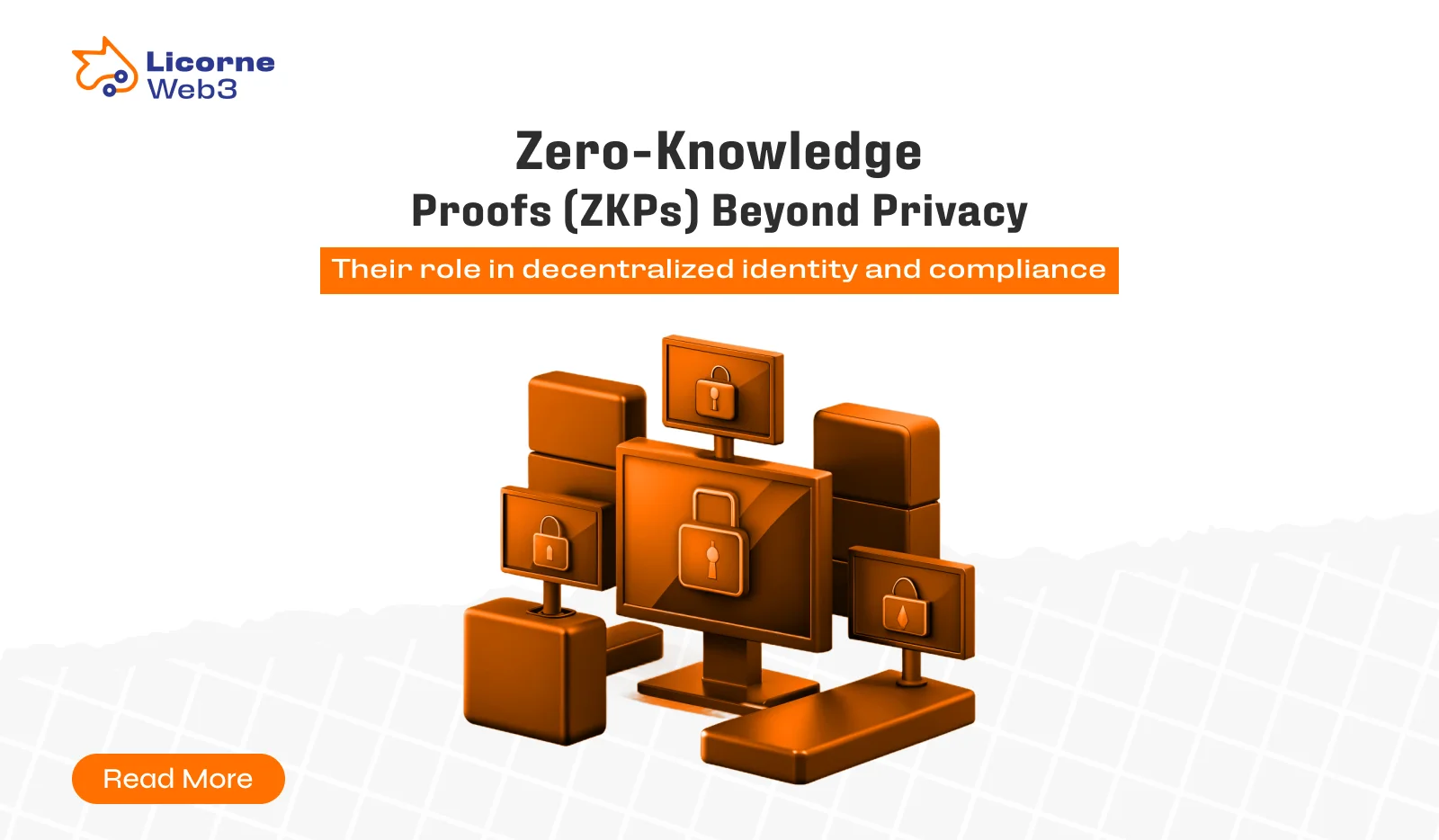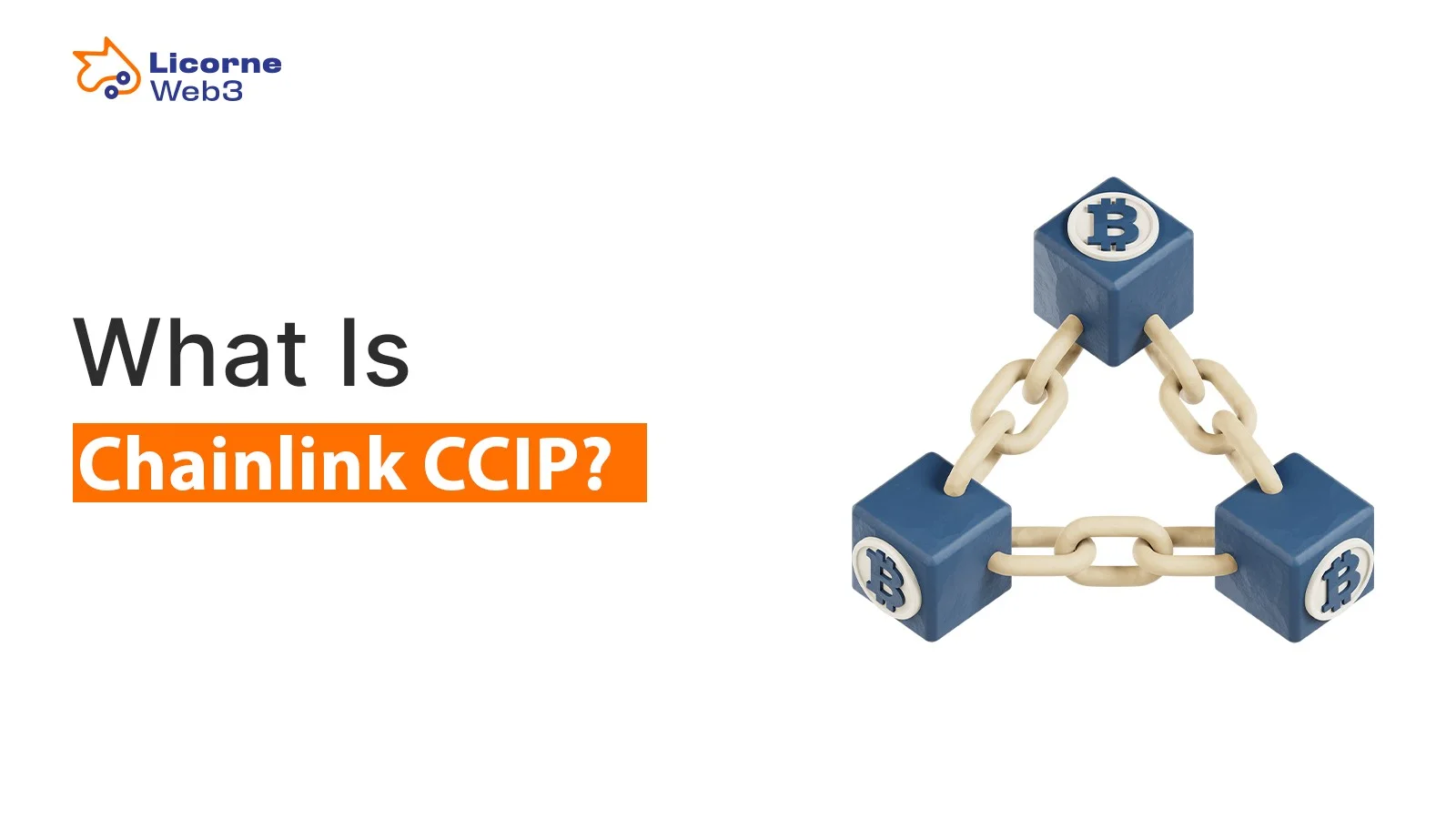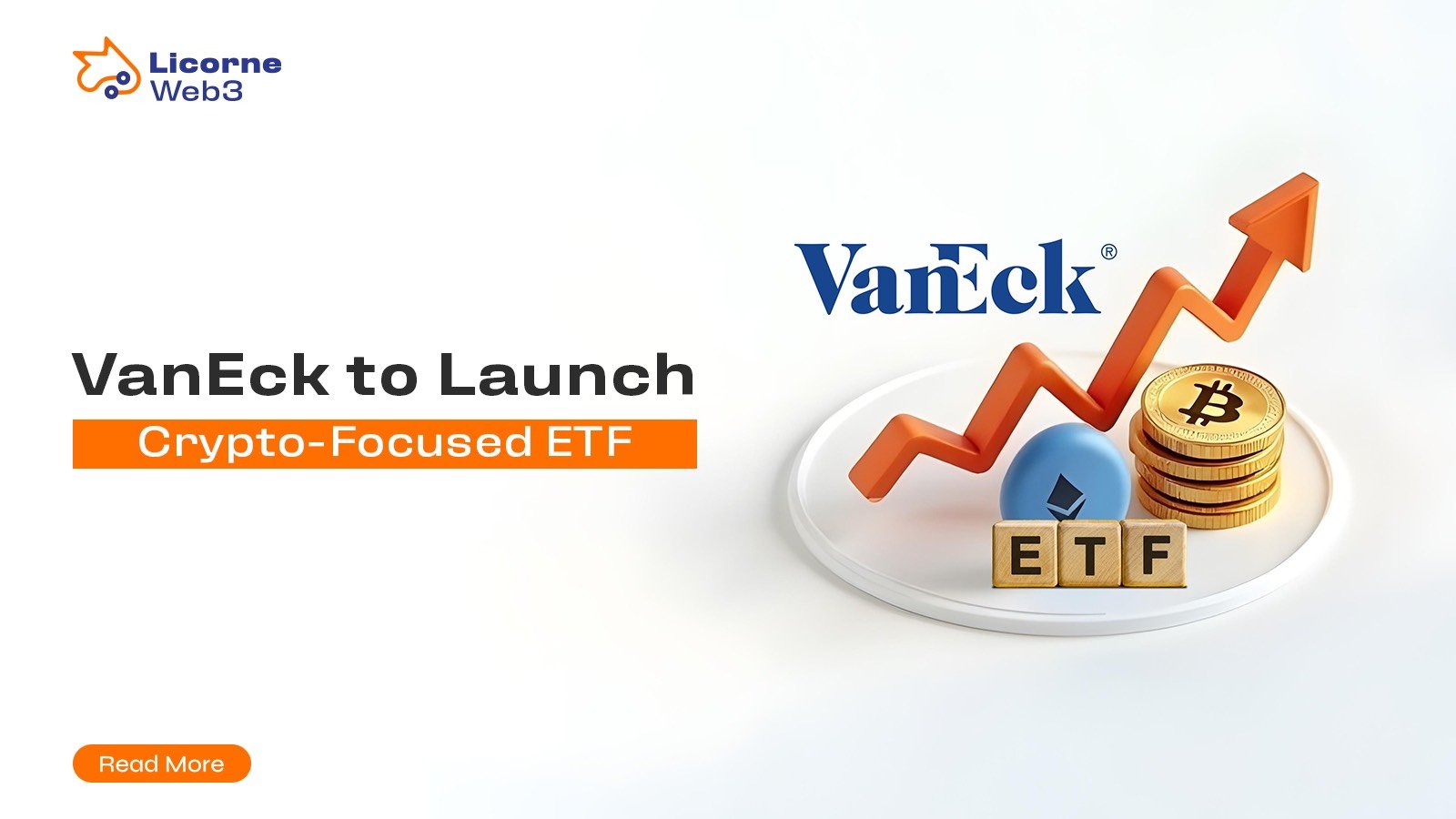The digital world is moving faster than ever, and Web3 is leading us into a new era of the internet. Imagine having full control over your data and online interactions. That’s the promise of Web3! One of the key players making this possible is interoperability.
In this blog, we’ll jump into why interoperability is such a big deal for Web3, how it works, the hurdles it faces, and what the future holds. Picture a world where different blockchain networks can easily talk and share data, just like how you can use different web browsers and devices to access the internet today. That’s what interoperability in Web3 aims to achieve a more connected, efficient, and user-friendly internet.
Interoperability in Web3 is all about creating a unified ecosystem where various blockchain platforms, protocols, and applications can smoothly work together. This interconnectedness is crucial to unlocking the full potential of decentralized technologies
What is Interoperability?
Interoperability is like the magic factor that lets different systems, platforms, and apps talk to each other effortlessly. When it comes to Web3, this means different blockchain networks can interact smoothly, without any hiccups. This capability is super important for creating a unified and efficient decentralized ecosystem.
Think about it: in today’s internet, we can easily switch between websites and apps without any hassle. Interoperability aims to bring this same level of convenience to the blockchain world. With it, users can move assets and data across different blockchain networks without needing to understand all the technical details.
This makes for a smoother and more user-friendly experience. Plus, interoperability fuels innovation by allowing developers to build on multiple blockchains, taking advantage of the strengths of each one. It also paves the way for creating new, cross-chain applications that can do more than ever before.
Importance of Interoperability:
Understanding the significance of interoperability can help us appreciate how it enhances the Web3 ecosystem in multiple ways. Here are some key benefits:
-
Enhanced User Experience:
- Users can interact with multiple blockchain networks without needing to understand the complexities of each one.
- Interoperability simplifies processes such as transferring assets across different blockchains.
-
Smooth Data Exchange:
- Data can flow freely between various blockchain networks, enabling more comprehensive and accurate applications.
-
Encouraging Innovation:
- Developers can build on multiple blockchains, leveraging the strengths of each.
- Encourages the creation of cross-chain applications, expanding the possibilities of what can be built.
Why Interoperability Matters in Web3
Web3’s decentralized nature means we have a bunch of blockchain networks, each with its own rules and features. Without interoperability, these networks are like isolated islands, limiting what they can do. Interoperability fixes this by enabling:
- Enhanced User Experience:
- Users can smoothly interact with different blockchain networks without the need for multiple wallets or platforms.
- Efficient Data Exchange:
- Data can be transferred across blockchains, allowing for more integrated and comprehensive applications.
- Innovation and Collaboration:
- Developers can leverage the strengths of multiple blockchains, and encourage innovation and collaboration.
Real-World Examples:
- The Internet: Our current Internet is a perfect example of interoperability. Different devices, browsers, and networks work together to give us a smooth experience.
- Email Systems: Whether you use Gmail, Yahoo, or Outlook, you can send emails to anyone, thanks to interoperability.
- Payment Systems: Think about how you can use different credit or debit cards to make payments across various platforms. This level of interconnectivity is what interoperability aims to achieve in Web3.
Challenges to Achieving Interoperability in Web3
Even though the idea of different blockchains working together smoothly is exciting, getting there isn’t easy. Interoperability faces several significant challenges that need to be addressed to fully unlock the potential of Web3. Here’s a look at some of the main hurdles:
Technical Hurdles:
- Each blockchain has its own unique set of rules, protocols, and ways of working, which makes getting them to talk to each other tricky.
- Think of it like different languages translating between them isn’t always straightforward.
Security Concerns:
- Moving data securely between blockchains is crucial to avoid any vulnerabilities or attacks.
- The more blockchains interact, the bigger the target for attacks, so strong security is a must.
Regulatory and Compliance Issues:
- Different countries have their own rules about blockchain and cryptocurrencies, making it tough to get everyone on the same page.
- Navigating these diverse regulatory landscapes adds another layer of complexity.
Addressing these Challenges:
- Developing standardized protocols and frameworks for interoperability.
- Implementing robust security measures to protect cross-chain interactions.
- Working with regulators to create conducive environments for interoperability.
Despite these challenges, working towards interoperability is crucial for unlocking the full potential of Web3 and creating a more connected, efficient, and user-friendly digital world.
Key Components of Interoperability in Web3
Interoperability in Web3 is all about making different blockchain networks work together smoothly, like a well-oiled machine. It’s achieved through a few key components that ensure everything runs smoothly. Let’s break it down:
Protocols and Standards:
Protocols like Polkadot and Cosmos are the backbone of interoperability. They’re designed to help different blockchain networks communicate and interact with each other. Imagine them as translators, ensuring that each blockchain “speaks” the same language.
Standardizing these protocols is crucial. It means that no matter how different blockchains operate, they can still understand each other and work together efficiently.
Smart Contracts:
Smart contracts are like digital agreements that execute automatically when certain conditions are met. Think of them as reliable, self-executing robots that follow the rules written into their code.
Cross-chain smart contracts take things up a notch. They enable interactions between different blockchains, making it possible for decentralized applications (dApps) to operate across multiple networks without a hitch.
APIs and Middleware:
APIs, or Application Programming Interfaces, are like the middlemen of the software world. They allow different applications to talk to each other and share data. In the world of Web3, APIs play a crucial role in enabling communication between various blockchain platforms.
Middleware solutions act as bridges between different blockchain networks. They handle the heavy lifting, ensuring that data can move seamlessly from one blockchain to another without any disruptions.
In a Nutshell:
- Protocols and Standards:
- Polkadot and Cosmos facilitate interoperability.
- Standardization ensures smooth communication.
- Smart Contracts:
- Self-executing digital agreements.
- Cross-chain smart contracts enable multi-network interactions.
- APIs and Middleware:
- APIs allow different software to communicate.
- Middleware acts as bridges for seamless data exchange.
By leveraging these key components, Web3 can create a more connected and efficient decentralized ecosystem. It’s like building a digital world where everything works together harmoniously, making the user experience smoother and more enjoyable.
Future Prospects
The future of interoperability in Web3 looks bright, with plenty of exciting advancements on the horizon. Here’s a glimpse of what to expect:
-
Potential Advancements:
- New tech on the horizon, like quantum computing, could make interoperability even better.
- Improved protocols and standards will make cross-chain interactions even smoother.
-
Role of Emerging Technologies:
- AI and machine learning can team up with blockchain to boost interoperability.
- Quantum computing could revolutionize how we transfer data and secure blockchain networks.
-
Predictions for the Future of Web3:
- A fully interoperable Web3 ecosystem means more efficient, secure, and user-friendly applications.
- Users will experience a more connected digital world, with various blockchain networks working together smoothly.
In my eye, interoperability is truly the backbone of the Web3 revolution. It’s what allows different blockchain networks to work together, making the decentralized internet more efficient and user-friendly. We’re not just talking about tech here we’re talking about a fundamental shift towards a more inclusive and connected digital world.
It’s the key to promoting innovation, enhancing user experience, and creating a more smooth and secure online ecosystem.
Let’s hold this transformative journey together. Whether you’re a developer, user, or simply someone curious about the future of the internet, now is the time to engage with and advocate for interoperability in Web3.
Author
-

Blockchain Writer & Web3 Expert
View all posts
Areej Maqbool is a Blockchain writer and thought leader with over 5 years of experience in crafting compelling narratives and insights on blockchain and Web3 innovation. Her expertise spans the intersection of technology, business, and society, with a focus on decentralized applications, smart contracts, and blockchain adoption.
Key Expertise:
- Blockchain and Web3 storytelling
- Technical writing for blockchain and Web3 projects
- Thought leadership and opinion editorials
- Research and analysis on blockchain and Web3 trends


